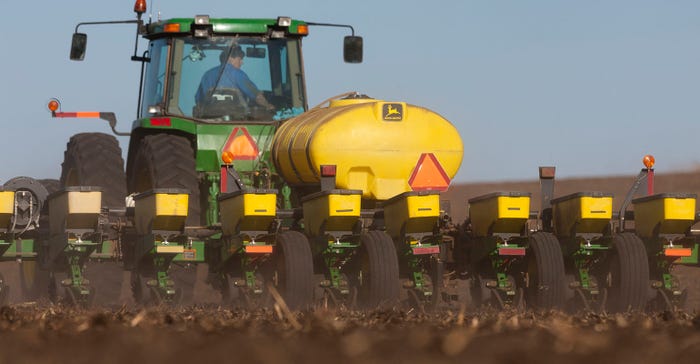
The stakes are higher for the 2022 season than they have been for some time. That’s because commodity prices are historically high – but so are input prices. Farmers stand to pull in big profits this year, but only if Mother Nature cooperates.
What are the odds?
It hasn’t necessarily been smooth sailing so far, but weather challenges varied depending on geography. Wet weather plagued parts of the eastern Corn Belt, creating planting delays. Farther west, overly dry conditions are turning into a multiyear problem.
“We are very concerned about drought for the Plains states and generally all the High Plains,” according to Doug Kluck, NOAA’s regional climate services director. “Some areas are in their third year of dry conditions and this winter and spring has not helped much.”
Through April 19, 86.3% of the High Plains was experiencing some level of drought, up from year-ago totals of 80.1%. The Midwest is in much better shape, with just 19.4% of the region affected by drought, versus year-ago results of 32.0%. However, NOAA does note a pocket of long-term affected land in northern Illinois, southern Wisconsin and eastern Iowa.
But how is drought’s footprint intersecting crop production areas? Winter wheat has the most exposure, with 70% of the crop within an area experiencing drought. In contrast, 29% of corn production and 19% of soybean production overlaps drought areas this season.
The agency’s longer-range forecasts offer clues about what to expect moving forward. NOAA’s summer outlook for June, July and August currently predicts higher-than-normal temperatures for the entire U.S., especially in the western half of the country. Seasonally dry weather is also likely for the Pacific Northwest, Great Plains and western Corn Belt this summer.
La Niña conditions will play a big role in shaping these patterns. Forecasters say there is a nearly 60% La Niña will persist through August.
The following gallery offers more insights – click to get started.
About the Author(s)
You May Also Like






